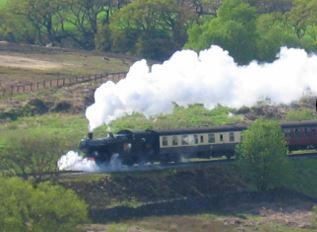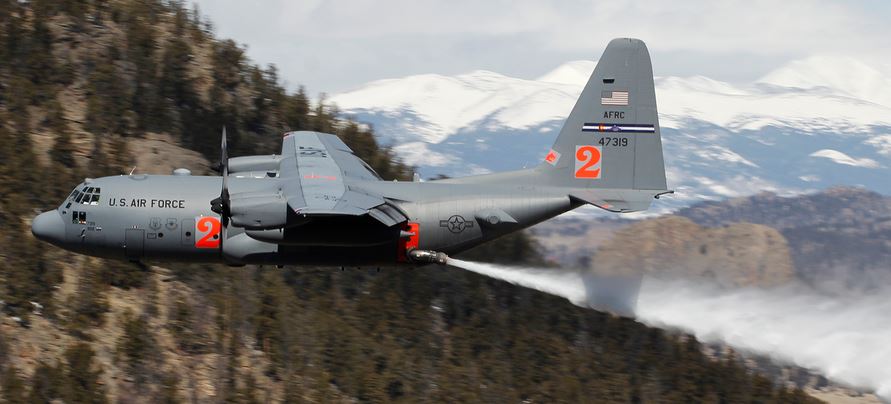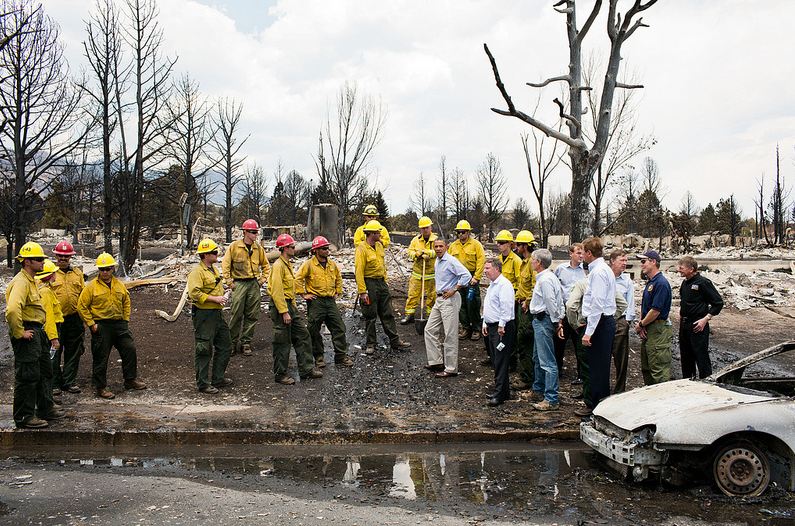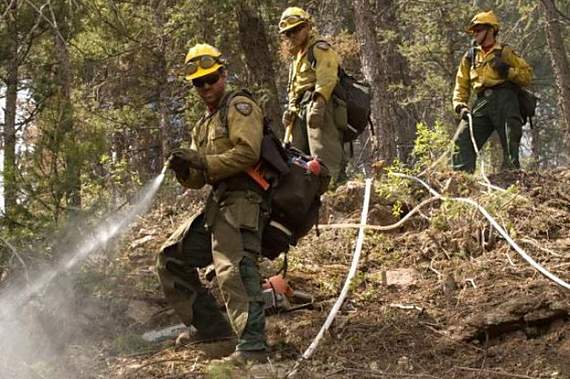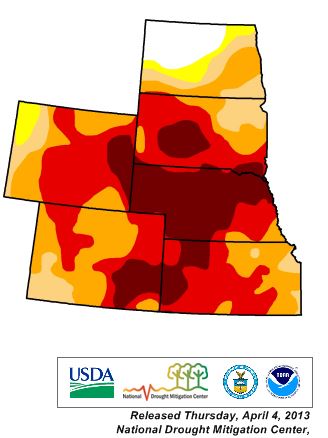The recent cooler than normal weather and very heavy snow has led to a slower start of the wildfire season in Colorado and the Black Hills of South Dakota. By this time last year we had written about two significant timber fires in these areas, the 4,140-acre Lower North Fork Fire southwest of Denver that killed three residents in their homes on March 26 and the Apple Fire south of Custer, South Dakota that burned 500 acres on March 28.
The primary reason for fewer large timber fires is the weather, of course. Boulder, Colordo had twice the average amount of snow in March, with 22 inches. April brought record-setting snow to parts of Colorado and the Black Hills. Boulder experienced not only the snowiest April on record, about 50 inches, but it was the snowiest of any month in history there. In Rapid City, South Dakota a new record was also established for the most snow ever recorded in the month of April with 43 inches, crushing the previous record of 31 inches.
The snowpack map below was current as of April 1 and does not include the heavy snow this month.

Compare this year’s map above, with the map for last year below:

And then there is the drought to consider.
As we have often stated, precipitation and temperature in the winter and early spring are not the only factors that influence the severity of the wildfire season in mid-summer and fall. Sure, a wet, cool Spring can delay the occurrence of late Spring and early Summer fires, but by mid-Summer the most important variable is the recent weather at that time. If it is hot, dry, and windy, you can have a busy fire season even following a wet winter. Predictions in April of how active the July through November fire season will be should be taken with a grain of salt. They are about as accurate as flipping a coin.



